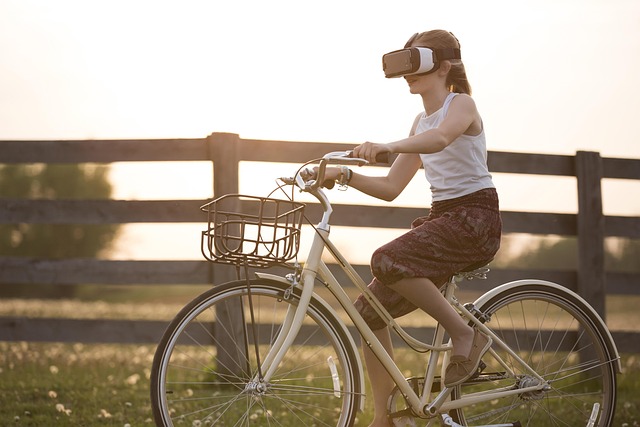
Exploring Virtual Reality: Navigating Technology Etiquette in the Era of Social Trends
As we plunge deeper into an era dominated by digitalization, the world of virtual reality emerges not just as a new frontier for gaming, but a transformative space where social interactions meet advanced technology. Navigating this digital landscape requires an understanding of technology etiquette, especially as social trends rapidly evolve and shape our experiences.
Imagine strapping on a VR headset, entering a vibrant digital realm filled with possibilities. But amidst the excitement, a layer of responsibility is inherent in how we interact in these spaces. Technology etiquette in virtual reality is essential as it dictates our behavior and ensures respectful interaction within these shared environments. Unlike conventional social media, where many interactions are textual and asynchronous, virtual reality immersion elevates these exchanges to a new level—often synchronous and more emotional. This means that what you say and how you act can have greater immediate impacts on those around you.
The rise of social trends amplifies this necessity. While many indulge in immersive experiences for work meetings, social gatherings, or educational purposes, understanding the dynamics of these engagements becomes crucial. The key to maintaining decorum lies in recognizing the shared atmosphere—what might be acceptable in a traditional conversation could fall flat or even offend in virtual reality. Users must be aware of personal space, microphone etiquette, and the impact of shared visuals. After all, in a world that already bends social norms, maintaining a sense of respect and consideration is paramount.
Furthermore, as virtual reality technology becomes increasingly accessible, diverse users will enter these spaces—from seasoned tech enthusiasts to novices. This variance necessitates a nuanced approach to communication; newcomers might misinterpret cues or social boundaries prevalent among seasoned users. Hence, fostering a welcoming environment and guiding interactions can enhance the experience for everyone. Sharing tips or encouraging open conversations before diving into immersive experiences can promote understanding and ease the transition for new users.
Social trends are also influencing how we perceive and integrate virtual reality into our lives. From enhancing remote work to revolutionizing gaming, the implications of these trends extend into how we form relationships and communicate within these digital realms. As communities form around shared interests in VR experiences, actively promoting inclusivity and mindfulness ensures that these communities thrive, not only in engagement but in well-being.
As we embrace the vast potential of virtual reality, we must remember that etiquette is not just about rules; it’s about creating meaningful connections. By prioritizing respectful communication, we cultivate an environment that allows everyone to explore the richness of these new social landscapes. Ultimately, the essence of virtual reality lies in shared experiences—enhancing our understanding of one another in ways that transcend traditional barriers while remaining grounded in mutual respect and consideration.



